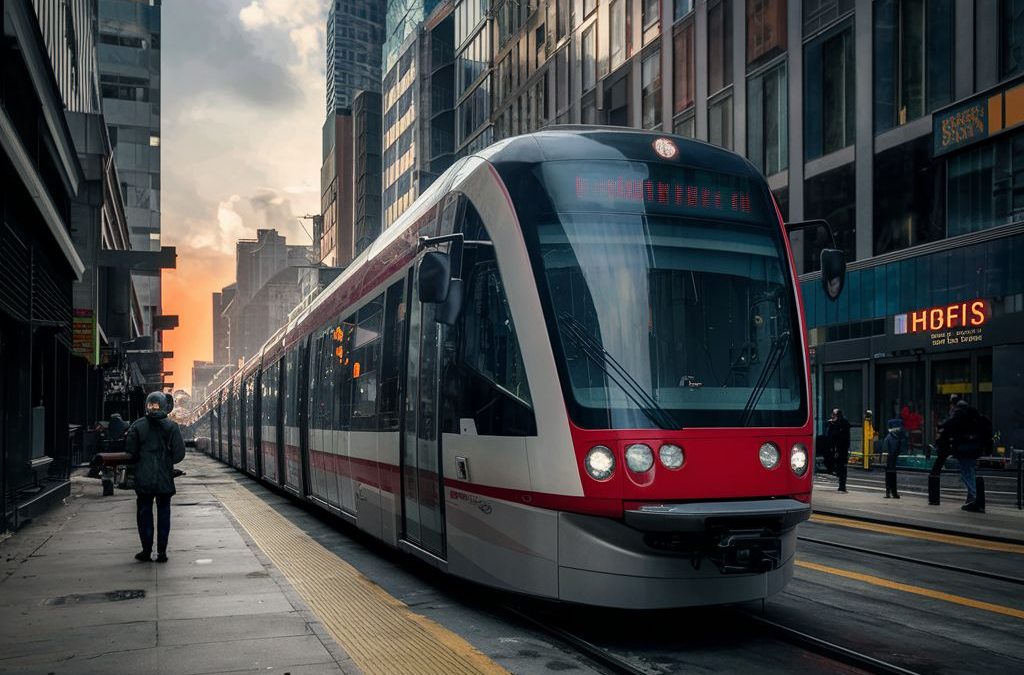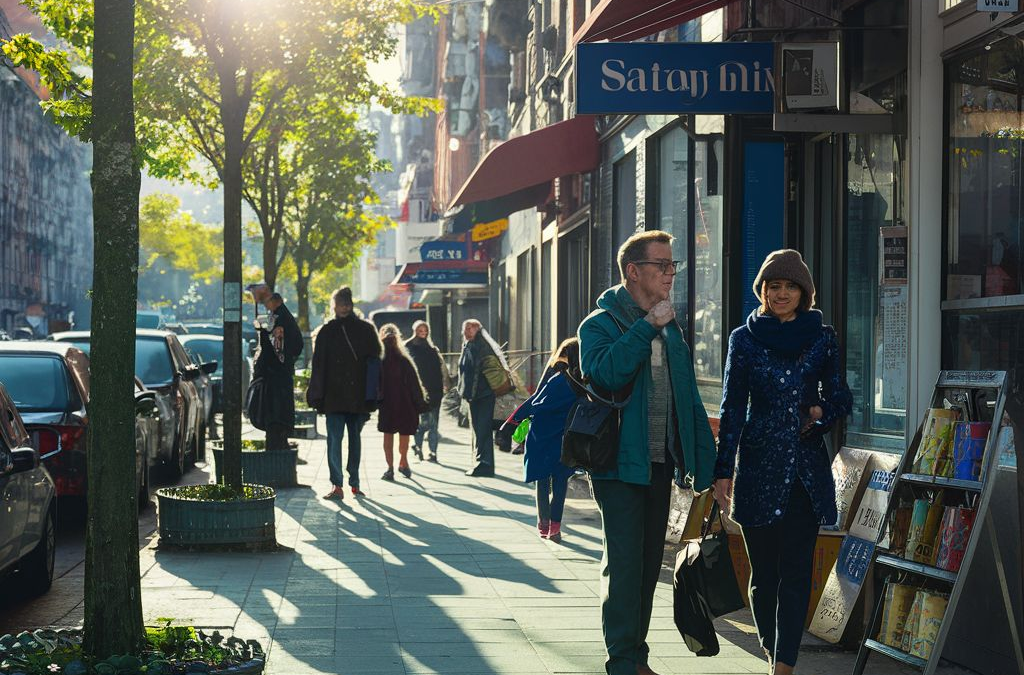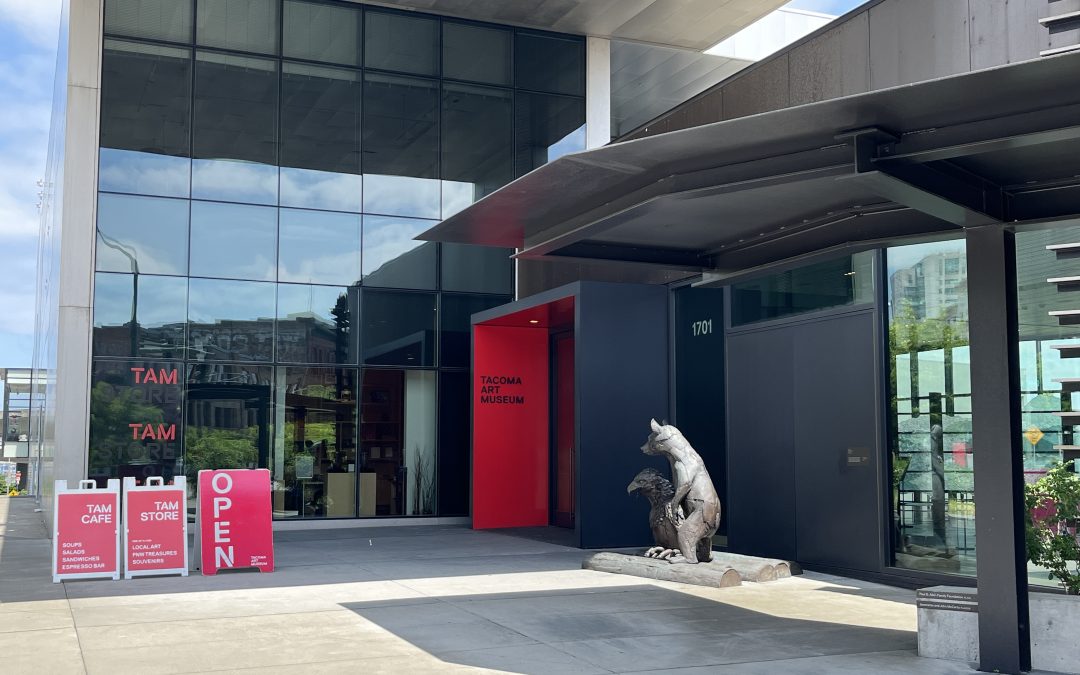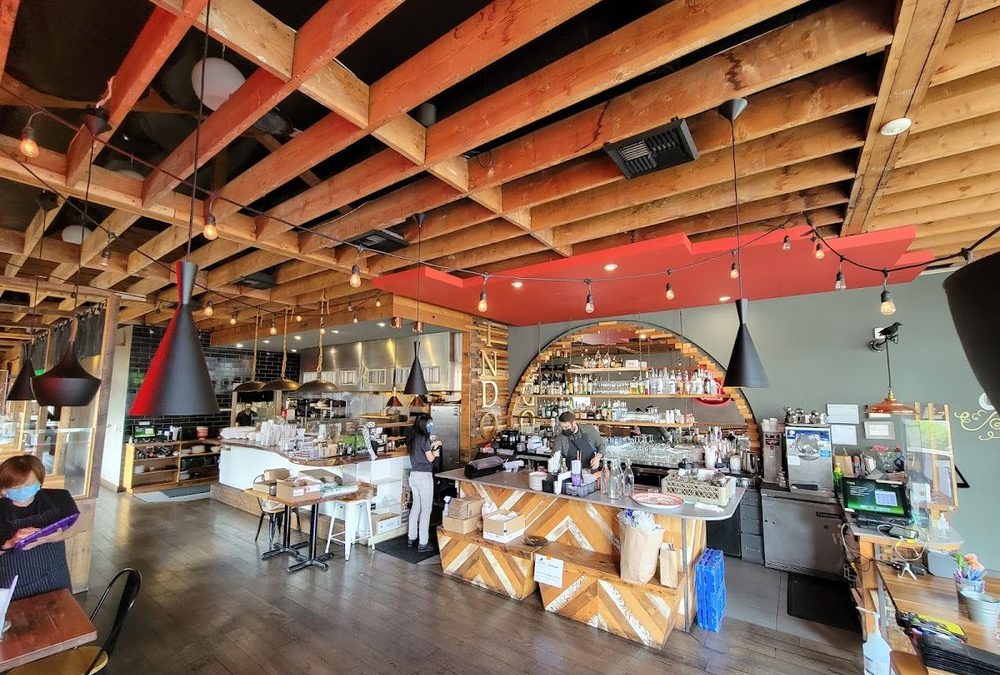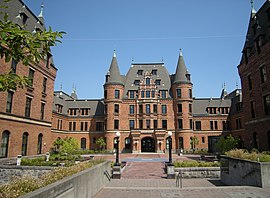
Unveiling Tacoma’s Timeless Treasures: Exploring Historic Landmarks in the Stadium District
by Paul Carter | Things To Do
From majestic schools to iconic churches and stately residences, the Stadium District is home to a plethora of historic landmarks that serve as testaments to Tacoma’s enduring legacy and cultural heritage. In this comprehensive guide, we embark on a journey through time to explore the architectural and historical significance of the district’s most notable landmarks, each bearing witness to the city’s remarkable evolution over the decades.
1. Stadium High School: Standing proudly atop a hill overlooking Commencement Bay, Stadium High School stands as an architectural masterpiece and a beloved symbol of Tacoma’s storied past. Originally constructed as the grand Hotel Tacoma in the late 19th century, the building was repurposed as a high school following a devastating fire in 1898. Designed by renowned architect Frederick Heath, Stadium High School exudes European grandeur with its striking resemblance to a French château, complete with turrets, spires, and a sweeping staircase. Today, the school continues to serve as an iconic landmark and a hub of educational excellence, hosting events, performances, and gatherings that bring the community together.
2. First Presbyterian Church: Located on North Tacoma Avenue, the First Presbyterian Church is a historic landmark that has stood as a beacon of faith and fellowship since its founding in 1873. The church’s stunning Gothic Revival architecture, characterized by its pointed arches, intricate stonework, and soaring spire, makes it a standout feature of the Stadium District skyline. Designed by renowned architect Ambrose J. Russell, the church has undergone several expansions and renovations over the years, preserving its architectural integrity while accommodating the needs of its growing congregation. Today, the First Presbyterian Church remains an active and vibrant center of worship, offering spiritual guidance, community outreach, and cultural enrichment to its members and visitors alike.
3. William Ross Rust House: Nestled amidst the tree-lined streets of North Yakima Avenue, the William Ross Rust House is a historic residence that epitomizes the timeless elegance of Victorian architecture. Built in 1892 for prominent businessman William Ross Rust, the house is a fine example of Queen Anne style, featuring ornate detailing, decorative trim, and a distinctive turret that commands attention. Listed on the National Register of Historic Places, the Rust House has been meticulously restored to its former glory, preserving its historic charm while incorporating modern amenities for contemporary living. Today, the house serves as a private residence, offering a glimpse into Tacoma’s rich architectural heritage and the opulent lifestyle of its early inhabitants.
4. Tacoma Public Library – Main Branch: Situated on South Tacoma Avenue, the Main Branch of the Tacoma Public Library is a historic landmark that has played a central role in the intellectual and cultural life of the city since its establishment in 1903. Designed by renowned architect Ambrose J. Russell, the library’s Beaux-Arts architecture is characterized by its grand columns, arched windows, and ornate detailing, reflecting the civic pride and cultural aspirations of the era. Over the years, the library has expanded its collection and services to meet the evolving needs of the community, while preserving its historic building and architectural legacy. Today, the Main Branch continues to serve as a vibrant hub of learning, literacy, and cultural enrichment, offering a wide range of programs, resources, and events for people of all ages.
5. Masonic Temple: Located on St. Helens Avenue, the Masonic Temple is a historic landmark that has stood as a symbol of fraternity and brotherhood since its completion in 1910. Designed by architect Frederick Heath, the temple’s Neoclassical architecture is characterized by its grand colonnades, pedimented portico, and classical ornamentation, evoking the timeless ideals of wisdom, strength, and beauty. As the home of Masonic Lodge No. 24, the temple has served as a gathering place for Freemasons and a center for philanthropy, community service, and moral enlightenment. Today, the Masonic Temple continues to uphold its tradition of fellowship and service, welcoming members and visitors to explore its rich history and timeless teachings.
Conclusion: In conclusion, the Stadium District in Tacoma, Washington, is a treasure trove of historic landmarks that bear witness to the city’s rich heritage and architectural legacy. From majestic schools and stately churches to opulent residences and civic buildings, each landmark tells a story of Tacoma’s remarkable past and enduring spirit. As stewards of these timeless treasures, it is our responsibility to preserve and protect them for future generations, ensuring that their legacy lives on as a source of inspiration, education, and pride for the community. So, the next time you find yourself in the Stadium District, take a moment to pause and admire these architectural gems that have stood the test of time, and reflect on the remarkable history and heritage that they represent.

